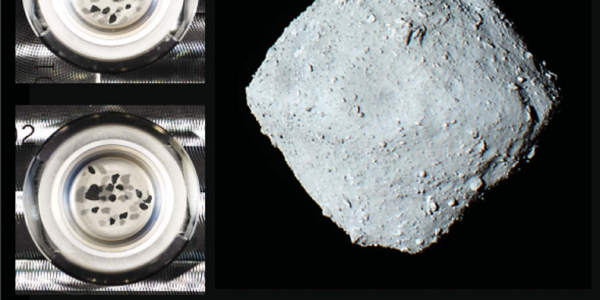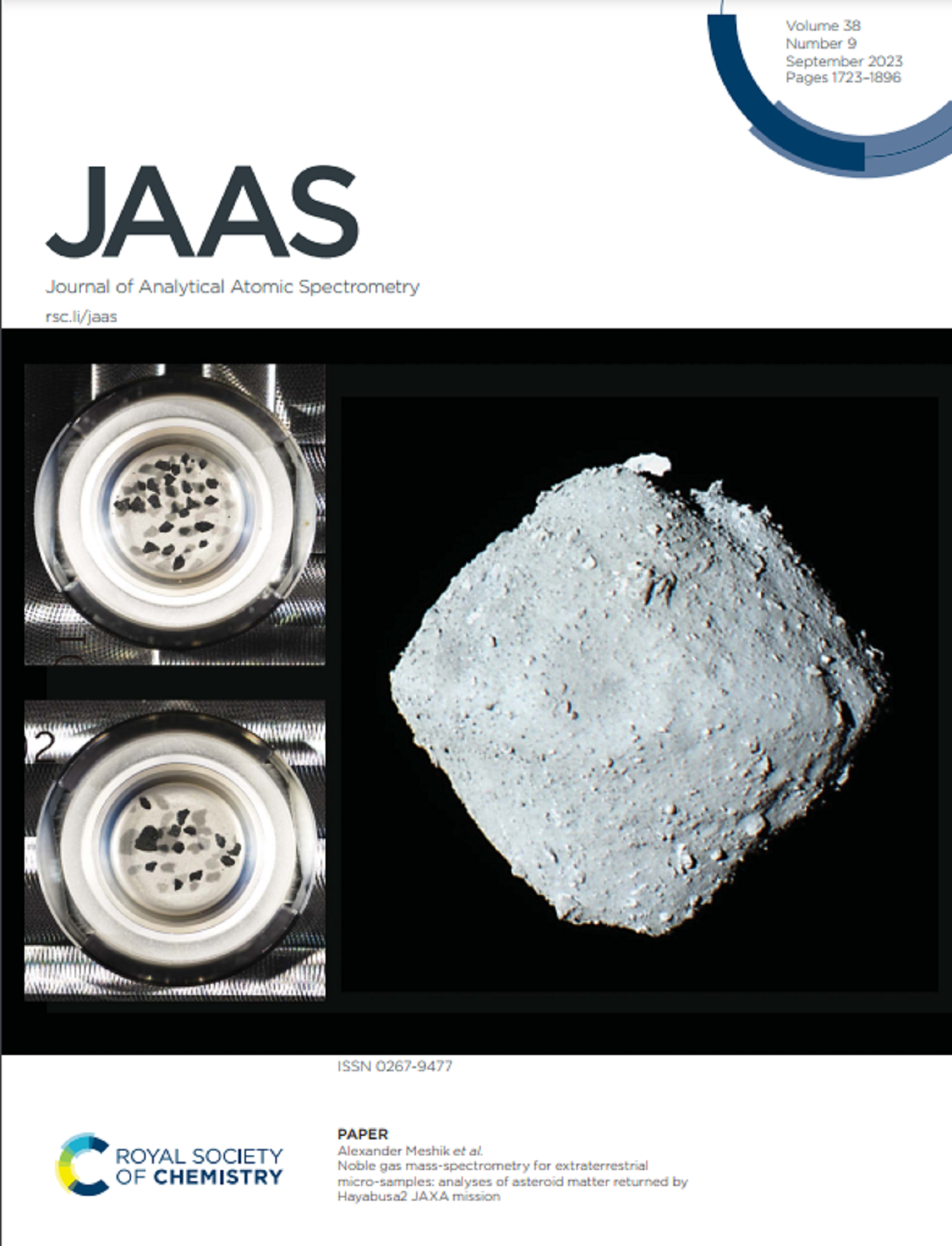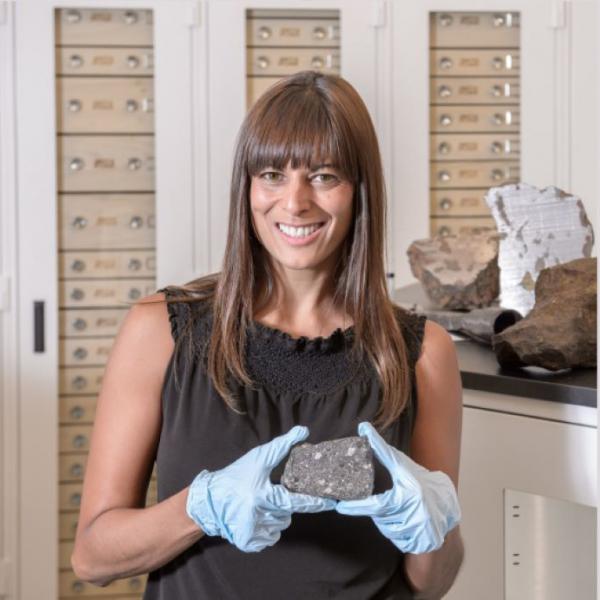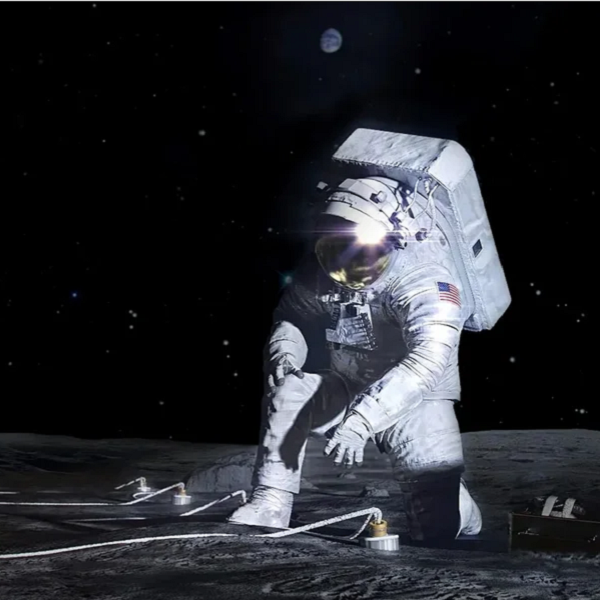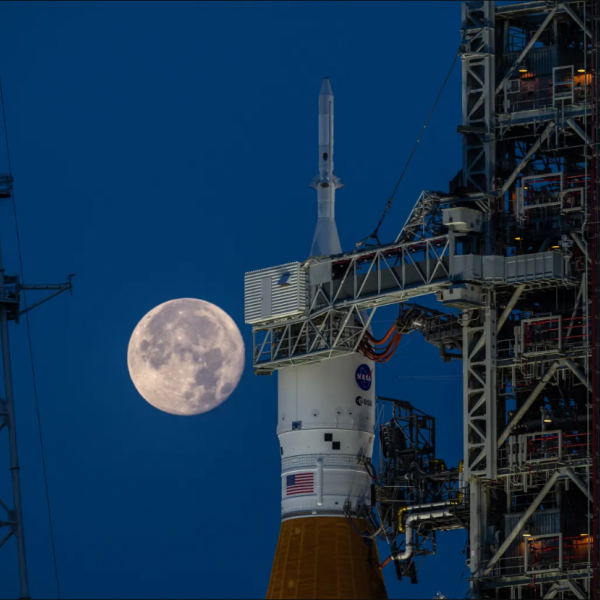A team of researchers including research professors Alexander Meshik and Olga Pravdivtseva has been analyzing samples of the asteroid Ryugu delivered by the Hayabusa2, JAXA mission using noble gas mass spectrometry.
Some of the Ryugu sample was delivered to Washington University in St. Louis for analysis.
Mass spectrometry of noble gas isotopes extracted from limited amounts of extraterrestrial materials delivered by robotic space missions requires high sensitivity, high ion transmission, a low detection limit, and several other characteristics not readily available in commercial instruments.
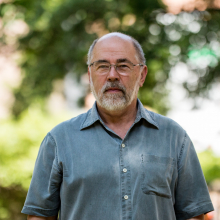
In the process of conducting these analyses, researchers, including Alex Meshik, research professor of physics, and Olga Pravdivtseva, associate research professor of physics, both fellows of the McDonnell Center for the Space Sciences, did extensive investigation into the best analytical procedures and compared two different configurations of electron impact ionization utilized by four international teams. Their recent paper was featured on the cover of Journal of Analytical Atomic Spectroscopy. Their work to very carefully analyze the noble gas isotopes helps to constrain the origin of materials in the asteroid that may have originated from exotic sources predating the solar system such as in various nucleosynthetic processes in stars and inherited by material from the protoplanetary disc.

Meshik and Pravdivtseva concluded that the ion source with cylindrical symmetry and without a magnetic field in the ionization region is better for analyzing all stable noble gas isotopes extracted from sub-milligram extraterrestrial samples. Isotopic analyses of noble gases retrieved using multi-step heating of sub-mg samples from Ryugu support this conclusion. This analytical technique could potentially be applied to study noble gas systematics in samples of asteroid Bennu that have recently been brought to Earth by the OSIRIS-REx mission.
Sachiko Amari, research professor of physics, also a fellow of the McDonnell Center for the Space Sciences, was involved in some of the early analyses measuring the mineralogy, bulk chemical and isotopic compositions of the Ryugu samples. The analysis indicates that CI chondrites have been altered on Earth and that the new Ryugu samples are more pristine than any CI chondrites because the former are devoid of terrestrial contamination or alteration.
Exquisite analytical capabilities such as those developed and used in the laboratories of these researchers are some of the best in the world for analyzing these tiny, precious solar system materials.

